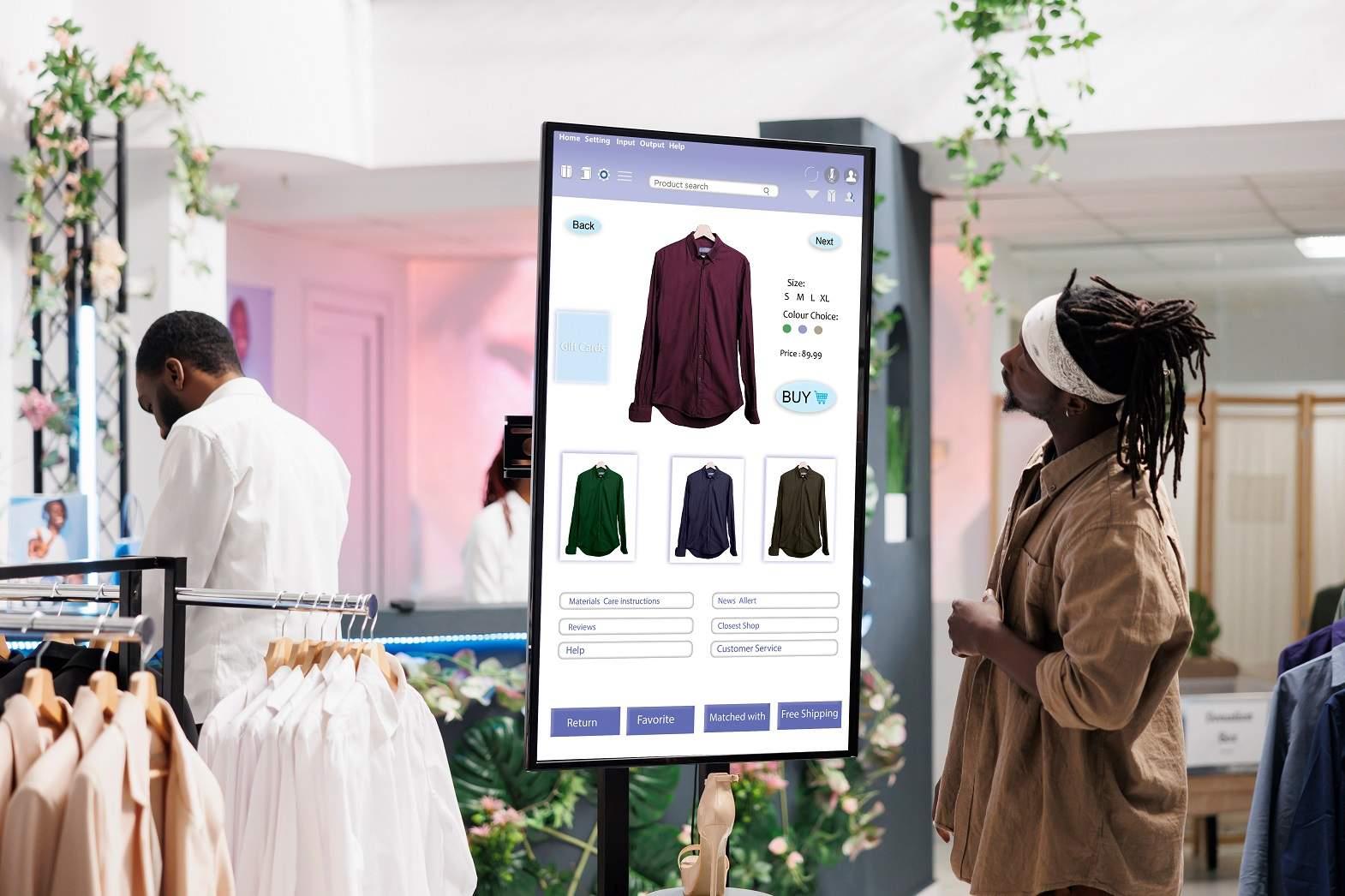Traditionally, techniques like surveys and focus groups have been used to understand consumer preferences, but they often fail to accurately measure emotional responses. These methods are prone to biases and may not capture honest, unfiltered, and spontaneous feelings. It would be more effective if we could read emotions directly from facial expressions, gestures, voices, heart rates, and sweat. This is where affective computing comes in.
Affective computing can be defined as the study and development of systems and devices that recognize, process, integrate, and stimulate human emotions. It combines principles from psychology, cognitive science, and computer science to interpret the emotional states of individuals and adapt its behavior accordingly.
For apparel e-tailers, this technology opens up new possibilities. They can track human emotions and use this information to tailor their garments, sales, marketing, and service. Clothing e-commerce using affective computing can provide an online shopping experience that closely mimics an in-store experience, thanks to interactive technology.
By reading consumers' emotions, e-tailers can automatically adjust their merchandise in real-time based on the shopper's mood. For example, if the technology senses that a shopper is feeling joyful, it can recommend vibrant and cheerful clothing options. On the other hand, if a shopper appears frustrated, it can suggest solutions or products to address their concerns.
Additionally, affective computing can be applied to live events, such as streaming a fashion show. By measuring the emotional data of the audience, e-tailers can gain insights into which collections resonate most with viewers and respond accordingly by adjusting their buying and collection decisions.
Emotions are central to human experiences and play a pivotal role in shaping preferences and behaviors, especially in the world of fashion. Affective computing, which primarily relies on facial expressions to gauge emotions, provides a unique opportunity for apparel e-tailers to better understand consumer perceptions and preferences. By identifying the right emotions, they can offer clothing options that align with what consumers like to wear, when they like to wear it, and during which seasons. It's a powerful tool that can enhance the shopping experience and drive success in the competitive world of fashion retail.
Affective computing identifies gestures such as head movements and body movements; voices the tone, pitch, and loudness also speak volumes about an individual's emotional state, level of sweat on the skin expresses how active or calm a person is, monitoring heart rate from a video to know one's mood are all different points that the technology touches. There are currently wearable devices available that can measure and sense emotional states.
In a store it is easier for customer service assistants to identify colours prints, or styles an individual is drawn to and can help them shop better by providing knowledge about similar garments or accessories to go with it. While shopping online, this experience is missing. One need to fill up lengthy questionnaires expressing their likes, dislikes, tastes, and preferences. Affective computing can provide an interactive platform to e-tailers to provide shoppers with such a privilege even while shopping online.
Moreover, it could also be used for tracking a consumer's interest and in response display similar items of interest on the screen. Or while browsing if a shopper signals confusion then a customer service assistant can pop in to offer aid. A technology like affective computing has huge potential for interfacing between fashion companies and consumers while streaming live fashion shows online. Designers can gauge the responses of audiences to see which products are generating interests with affective computing. This can save them a lot of time by spending more time in creating products that have generated interests than those that have been appreciated less.
The technology will be deployed in different devices that sense motion. Intelligent accessories like earrings and bracelets will monitor such behaviour and with further advancement in this field, clothes embedded with gadgets will soon be introduced. This provides a scope for gathering responses even in brick and mortar stores. Cameras of the future will be emotionally aware capturing responses and behaviours through laptops, tablets, and phones.
Affective computing and sensor capturing devices can be very useful to apparel retailers and fashion houses to capture real time responses of consumers and understand their behaviour through emotionally aware technologies and adapt themselves to a full range of emotional experiences.
References:
1. Businessoffashion.com








Comments